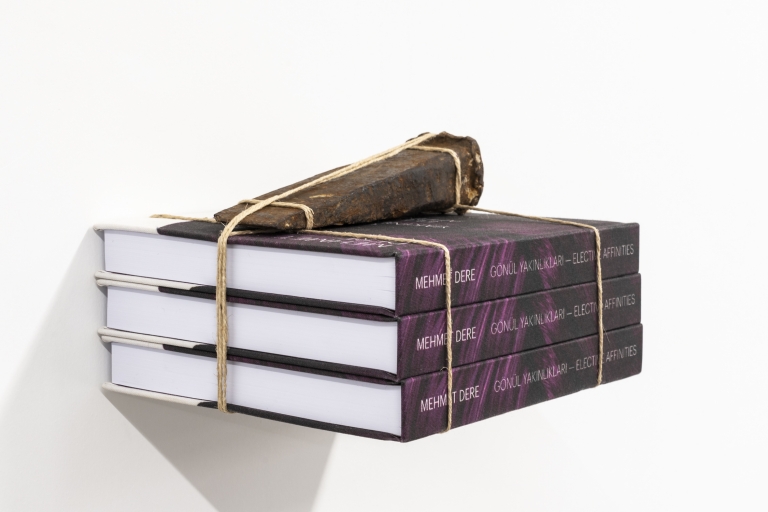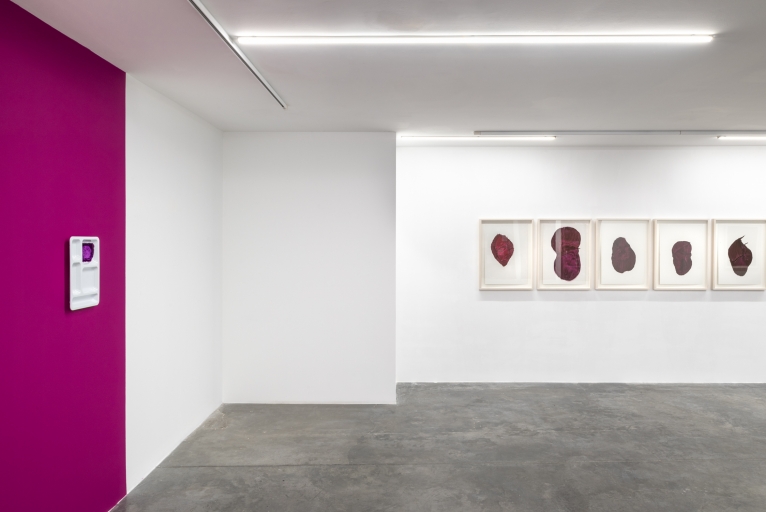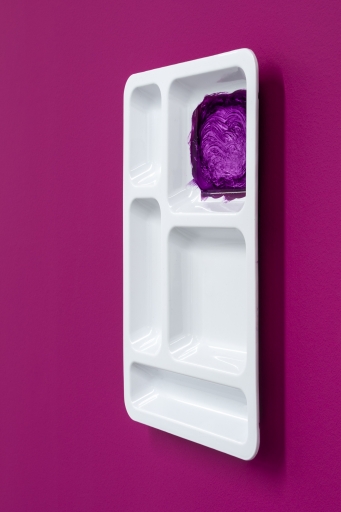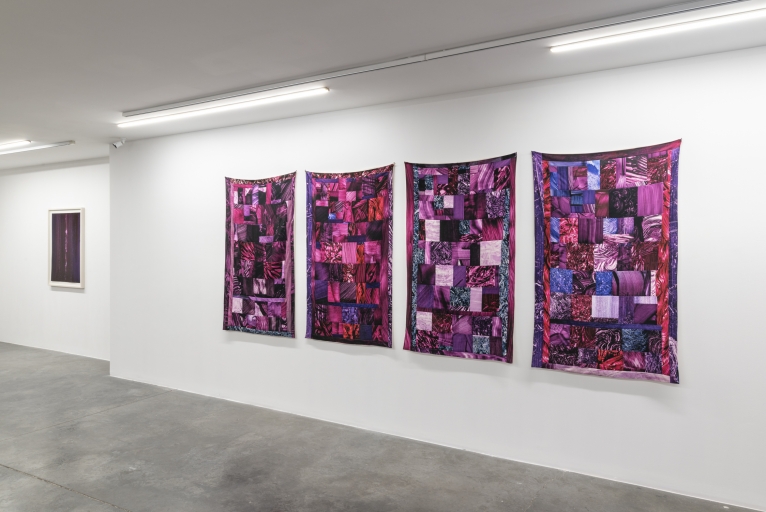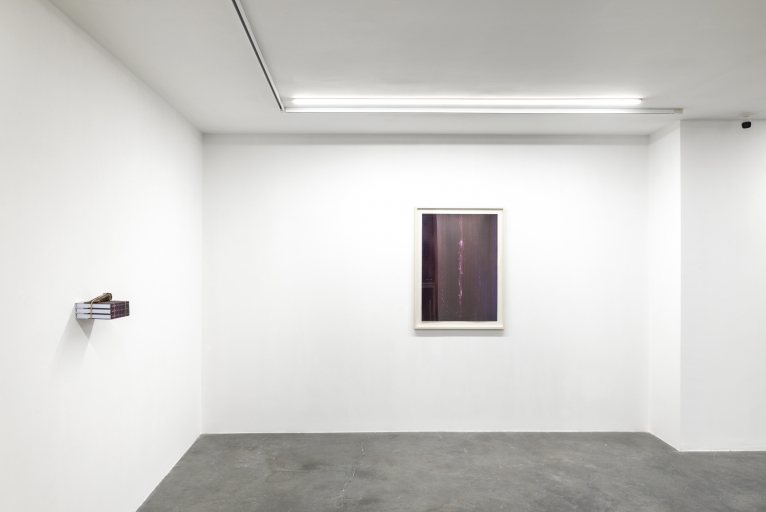SANATORIUM will host Mehmet Dere's solo exhibition entitled "Elective Affinities" between November 5, 2021 December 12, 2021.
The exhibition takes its title from Johann Wolfgang von Goethe's third novel Die Wahlverwandtschaften published in 1809, translated into English as Elective Affinities, and into Turkish by Sadi Irmak as Gönül Yakınlıkları. The title of the exhibition refers to a scientific term used to define the tendency of chemical species. Besides being a novel, Elective Affinities is a metaphor that inspires Dere's artistic approach. While on one hand Elective Affinities negate the given reality using creating its world, on the other hand, it refers to a form of relationship regarding the nature of the works that transform the reality in which it negates its meaning.
The exhibition entitled Elective Affinities emerges simultaneously as a multilayered exhibition project consisting of his book and works as a monographic record of the artist's practice of reflecting upon himself. The monography written by the artist himself presents the artist's productions as a cultural capital in the sense of value, an effort of a holistic reading as a text that reflects upon himself. Dere's monography carries a different dimension in the field of art historiography in Turkey, in terms of the artist's self-manifestation with the identity of an art historian and positioning himself as a text.
While Dere's early works focus on a political field centering around the topics of the creation/conservation of multivocality in the sense of Turkey's socio-political history/multiculturalism, identity, belonging, and cultural democratization, his recent works have a poetic, lyrical, abstract line nourished from internal reality. While the metaphor Elective Affinities refers to irreconcilable contrasts that the artist tries to combine, it also indicates the intertwinement, the non-detachable indivisibility of the problematics in his production practice. The conceptual dichotomies which the artist has established in his works dialectically exist together not as a contrast but as a kind of "elective affinity".
